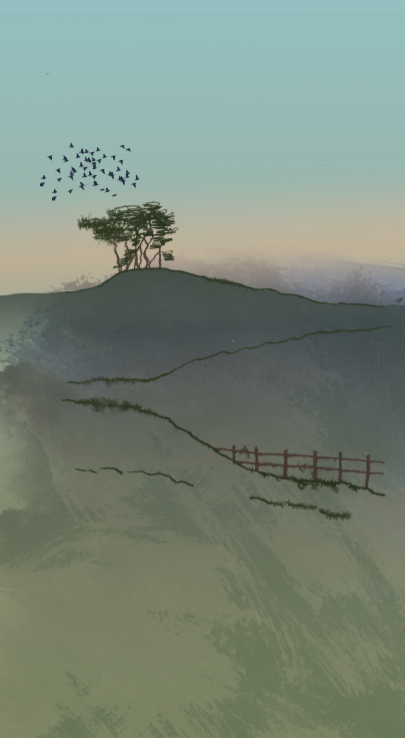 As the beginning of February unfolds I turn to the corresponding chapter in Stephen Moss’ book Wild Hares and Hummingbirds. The countryside surrounding his home on the Somerset Levels is shrouded in low mists and dripping with damp. He describes “adventurous toads crawl[ing] purposefully into… [the] hallway.” Moss’ signs of the season are a song thrush and catkins. I love catkins, so fat and furry, dancing in the breeze. Moss explains that catkins come out when there are no leaves on the surrounding trees so that the pollen can be spread by the wind without obstruction. He describes the tiny crimson female flower at the end of each catkin, which, once fertilized, will become a cluster of nuts.
As the beginning of February unfolds I turn to the corresponding chapter in Stephen Moss’ book Wild Hares and Hummingbirds. The countryside surrounding his home on the Somerset Levels is shrouded in low mists and dripping with damp. He describes “adventurous toads crawl[ing] purposefully into… [the] hallway.” Moss’ signs of the season are a song thrush and catkins. I love catkins, so fat and furry, dancing in the breeze. Moss explains that catkins come out when there are no leaves on the surrounding trees so that the pollen can be spread by the wind without obstruction. He describes the tiny crimson female flower at the end of each catkin, which, once fertilized, will become a cluster of nuts.
With a fresh flurry of snow on the ground over night it’s hard to believe nature is already in the process of waking up ready for spring, but we had a beautiful cold sunny day on Saturday that smelt of spring. A robin sang out from the bare branches of a silver birch on the way to school this morning and the sparrows in the hedge five doors-down are going mad so all eyes are peeled in our house. The first to see a catkin this February gets a crème egg!






